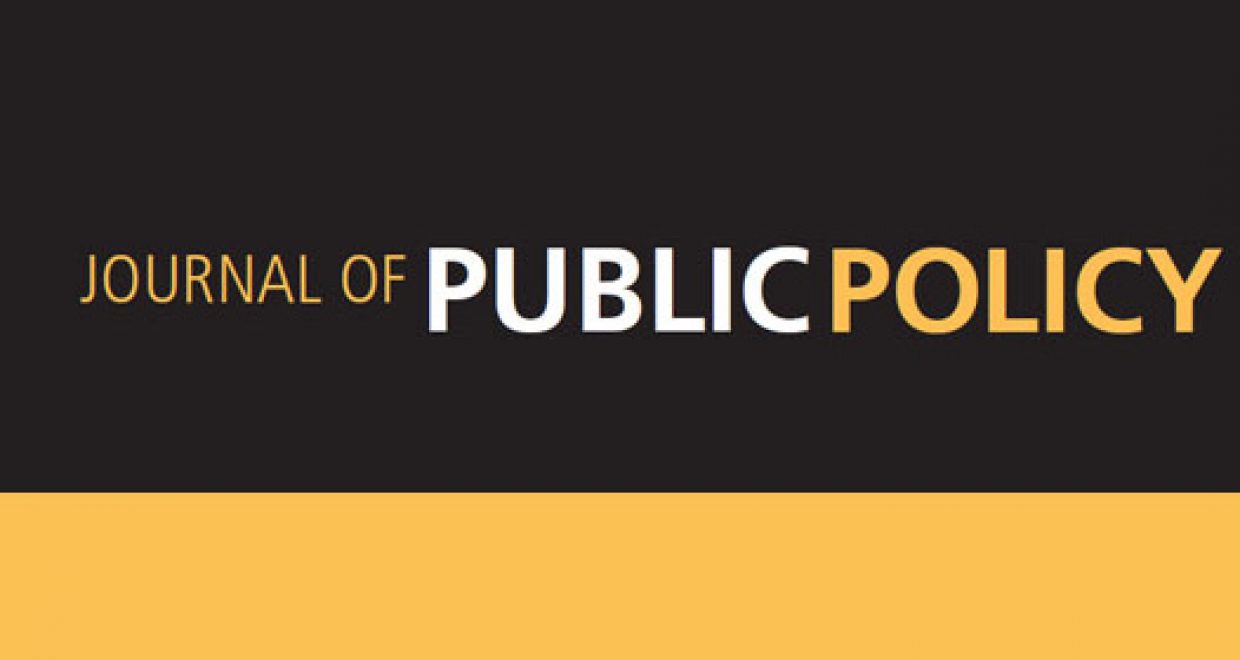Institutional Legacies and Temporary Assistance for Needy Families Spending Decisions: The Case of the Freedmen’s Bureau
In 1996, then-President Bill Clinton signed the Personal Responsibility and Work Reconciliation Act (PRWORA) into law, with the goal to “end welfare as we know it.” Indeed, the new law significantly changed welfare by increasing work requirements and devolving responsibility for decisions on how resources were to be allocated to the states, which has remained largely unchanged to this day despite a renewed conversation around American welfare policy in the wake of the COVID-19 pandemic.
A cornerstone of PRWORA was the creation of Temporary Assistance for Needy Families (TANF), which replaced the American Families with Dependent Children Program. With TANF, states can allocate funds to programs that serve at least one of four broad purposes: ensuring children can be cared for in their own homes, end dependence on government benefits through work, preventing out-of-wedlock pregnancies, and encouraging two-parent families. Rather than radically changing welfare in the United States, this set of goals and organization built directly on prior policy and narratives of who beneficiaries should be.
Evoking the imagery of Reagan’s welfare queen, these goals link poor performance within the labor market — as denoted by poverty status — with failure to conform to hetero-patriarchal cultural norms surrounding marriage, work, and abstinence. In a recently published article, we question whether such narratives and policy goals may be rooted in a much earlier point in history: the Freedmen’s Bureau.
In many respects, the Freedmen’s Bureau represents an origin story for the American welfare state. The Bureau provided important relief services to Southerners in the aftermath of the Civil War, including for both newly freed people and displaced white people. It also functioned as an acculturating agency tasked with incorporating freed people into America’s racialized, interconnected capitalist and patriarchal systems.
It did so by facilitating and constructing contracts between newly freed people and white employers, through general efforts to combat vagrancy and labor non-participation, and through the issuance of marriage certificates to freed men and women who had lived together outside of formal, matrimonial bonds under slavery. Further, a common misperception was that the Bureau helped freed black people at the expense of white communities, facilitating Black communities to be lazy and lead hedonistic lives while White communities worked diligently. This misconception became widespread and engrained.
By being one of the earliest expressions of social welfare services, we argue that the Bureau served as a foundational source of policy information for future welfare policy development. Impressions of who is the target of policy and policy goals can be passed down. They can be inherited either through inertia, the same people shepherding one policy from a prior incarnation to its new form, or through norms and rules that are passed down. This is akin to arguments for how we see echoes of historical events in public opinion formation today. As the Bureau’s activities toward freedpeople were both labor-coercive and behavior-coercive, the agency inadvertently framed those on welfare as Black, lacking in labor discipline, and subversive of traditional family structures. We suggest that welfare policy developed in those states where the Bureau was most salient will share these coercive features.
To test this, we aggregated information from multiple sources that, most notably, allowed us to examine the linkage between the proportion of TANF funds allocated to coercive programming and the rate of Freedmen’s Bureau field offices in a state in 1870. Additionally, we collected information on a series of variables that allow us to account for additional and alternative explanations of how TANF funds are allocated today and what other historical factors may play a role. As only 14 states housed field offices and not all 50 states currently forming the United States existed, we limit the scope of our study to only those states that existed as of 1870. Using our data set, we then ran a series of regressions to test our proposition.
We found that states where Freedmen’s Bureau offices were most prevalent were also the states that allocated the most TANF funding towards coercive programs — those which incentivize work participation and discourage lone parenthood. These findings held even after controlling for a number of historical and contemporary covariates, including present-day demographic characteristics found by other researchers to influence TANF spending choices, and when we adopted different modeling approaches.
This tells us that past policy and program designs do not always remain in the past. They do not slide away like sand through an hourglass. Instead, in a path-dependent manner, the norms established in the past linger, creating a legacy which future policymakers may expand upon. When this legacy is rooted in racialized coercion, as is the case with the Bureau’s, similarly racialized and coercive policies like TANF are the unfortunate consequence.
– Morgan A. Lowder, University of South Carolina
– Anthony Hobert Jr., University of South Carolina
– Kelsey Shoub, University of Massachusetts
The authors’ Journal of Public Policy article is available as Open Access.


